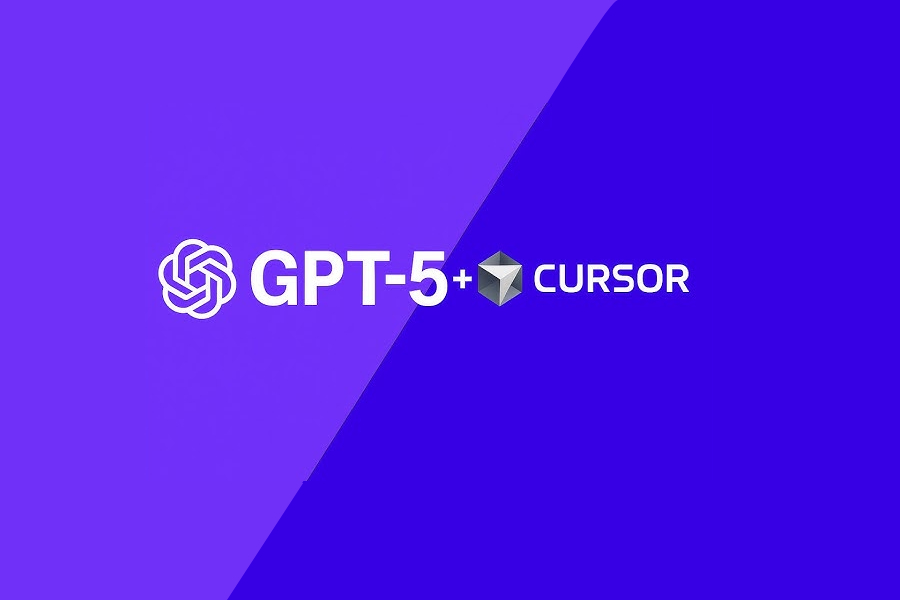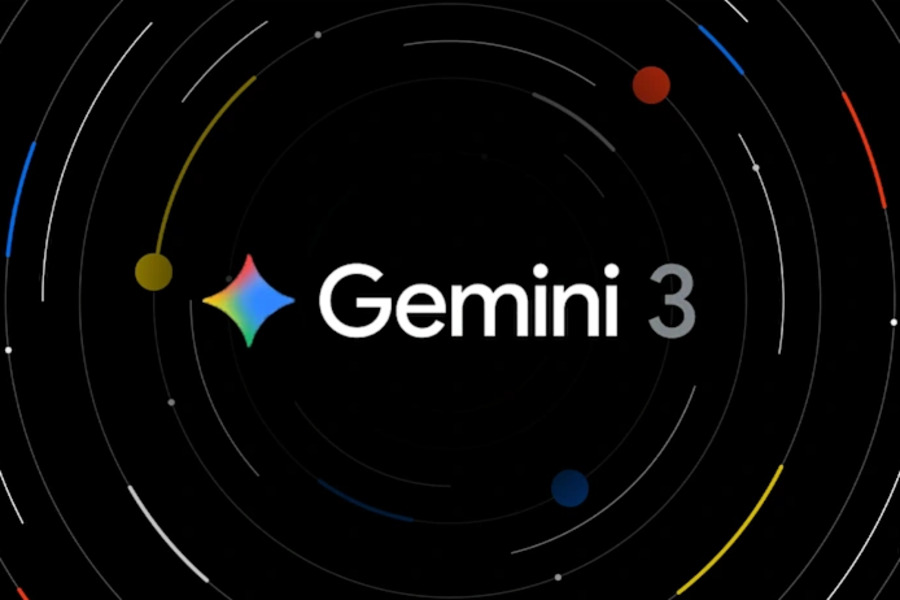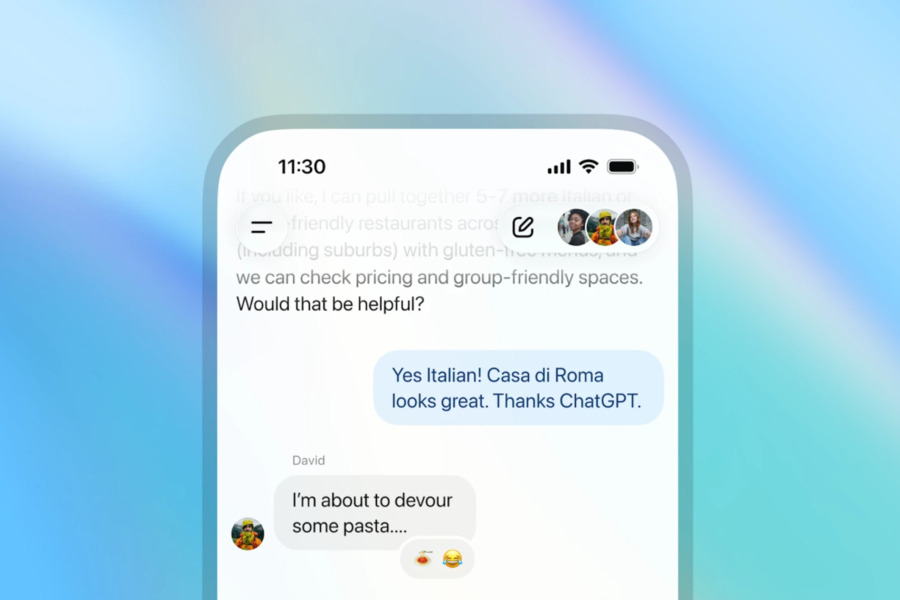On August 8, 2025, Cursor officially announced a major update: all paid-plan users will receive free access to Cursor’s free GPT-5, alongside the introduction of a brand-new CLI tool that brings AI coding capabilities directly into the terminal environment. The news quickly ignited heated discussion across developer communities. Everyone is guessing: when Cursor says GPT-5 is free, is it a time-limited perk or the prelude to a credit-exchange system? The community has already split into two camps: the limited-time-free faction and the credit-exchange faction.
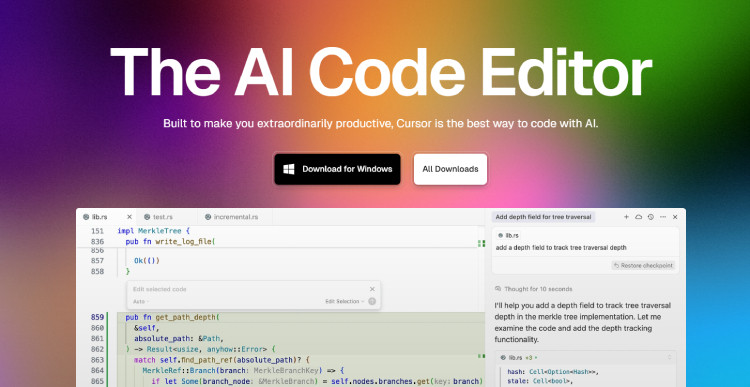
Cursor’s Free GPT-5 for Developers—Speculation
Cursor’s Free GPT-5 for Developers—=Speculation 1: Limited-Time-Free Faction
The phrases “limited-time” and “time-window” in the official statement suggest that this GPT-5 rollout is likely a countdown benefit. On July 28, X user @rohanpaul_ai posted that Cursor is considering deeper cooperation with OpenAI and may run a 1–2 week “public beta” before deciding on follow-up policies based on user feedback. This pattern matches Cursor’s past marketing tactics—attract users with short-term free access, then convert them to paid subscriptions.
BigSeek AI’s analysis points out that Cursor’s annual revenue is nearing 500 million. Offering free GPT-5 access is probably intended to cement its leading position in the AI-coding-tools market while testing GPT-5’s real-world performance in development environments.
Cursor’s Free GPT-5 for Developers—Speculation 2: Credit-Exchange Faction
The opposing view holds that Cursor is more likely to fold GPT-5 into its existing “Credit” system. Currently, Pro users receive 500 monthly “fast” calls to premium models; once those are exhausted, they can still use the models at slower speeds indefinitely. This tiered system is expected to carry over to GPT-5 access, controlling costs while preventing resource abuse.
MLQ.ai reports that the Cursor CLI tool adopts a model-agnostic architecture, supporting GPT, Gemini, Claude, and more. If GPT-5 runs on a credit system, developers could flexibly allocate credits across models based on task needs—clearly a design that fits long-term operations.
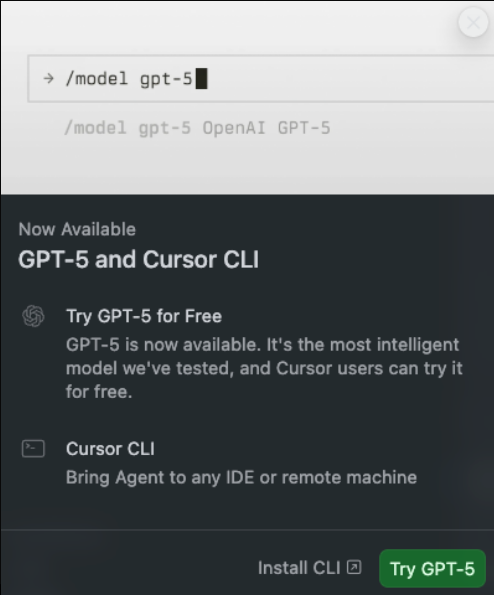
Cursor’s Free GPT-5—Three Key Advantages of the Powerful Combo
Cursor’s timing for integrating GPT-5 is no accident. From tech to business, the partnership holds three trump cards.
First Trump Card: A Leap in Coding Accuracy. Benchmark data show GPT-5 achieves 74.9 % accuracy on the SWE-bench coding benchmark, narrowly beating Anthropic Claude Opus 4.1’s 74.5 %. In real-world use, GPT-5 demonstrates stronger multi-step debugging, automatically switching to “thinking mode” for complex tasks and significantly reducing code rework.
Second Trump Card: Agentic Workflows. GPT-5’s breakthrough in “multi-step planning” pairs perfectly with Cursor’s Tab/Composer features. Developers can now use simple CLI commands to have AI complete the entire pipeline from requirement analysis to code generation, even optimizing entire repositories on the fly. The new CLI tool goes further, letting users customize AI-agent behavior in real time inside the terminal, opening new doors for automated development.
Third Trump Card: A Closed Business Loop. Cursor’s annual revenue is nearing 500 million, yet its partnership with Anthropic introduces some dependency. By tying itself to OpenAI’s newest model, Cursor hedges its risk while attracting developers who demand cutting-edge tech. OpenAI, in turn, leverages Cursor’s specialized scenarios to validate GPT-5’s value in engineering—a win-win.
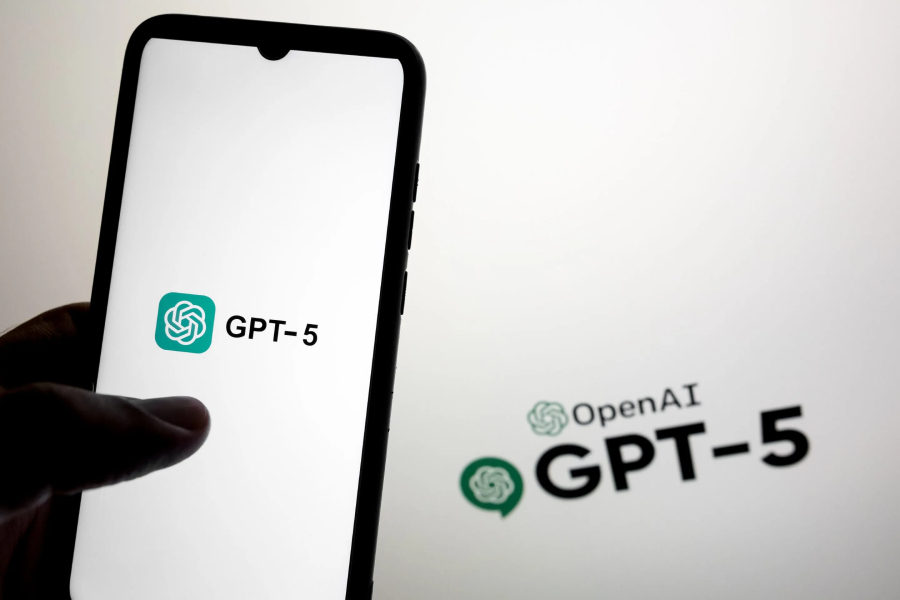
Cursor’s Free GPT-5—How Developers Can Use It
Action plans differ depending on your subscription status:
Existing subscribers: The simplest way is to start using it immediately. Open Cursor → go to Settings → find the Beta Feature option → enable the GPT-5 trial channel. Some users may need to update to the latest version to see this option.
Non-subscribers: You can sign up for the monthly Cursor Pro plan (20/month). You’ll get instant GPT-5 access and can watch for any future free-policy changes. Students: educational email addresses may unlock additional discounts.
All developers should closely follow Cursor’s official Discord and Twitter. Historically, Cursor’s limited-time events start suddenly and end quietly. For instance, the July 2025 access restrictions on Claude 4 sparked community backlash; the GPT-5 free window may likewise be “fleeting.”
Cursor’s collaboration with GPT-5 marks a new “deep integration” era for AI coding tools. Whether it ultimately opts for limited-time free or credit exchange, one thing is certain: developers who can wield these tools efficiently are already half a step ahead in the coming competition.
